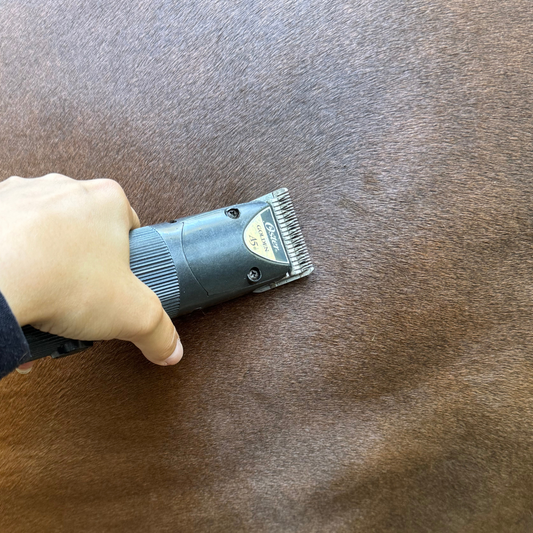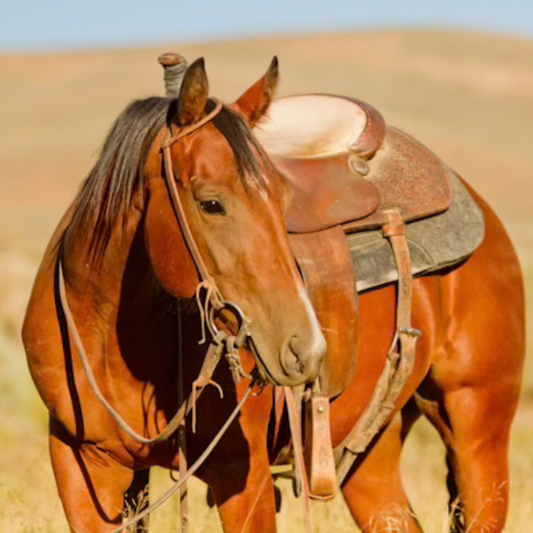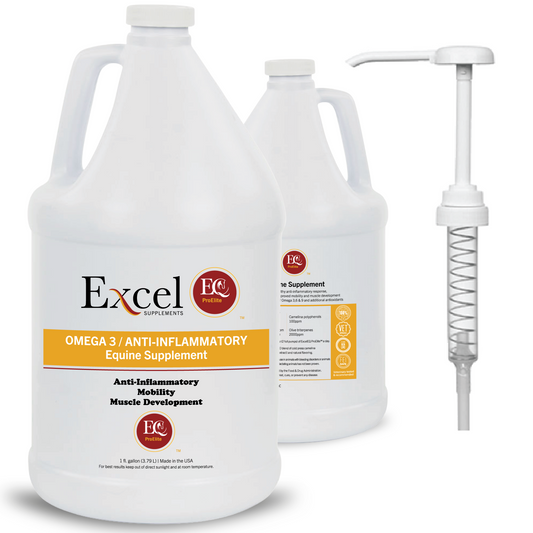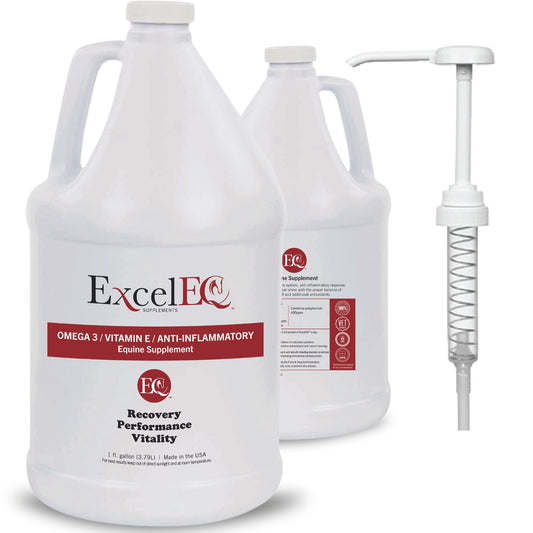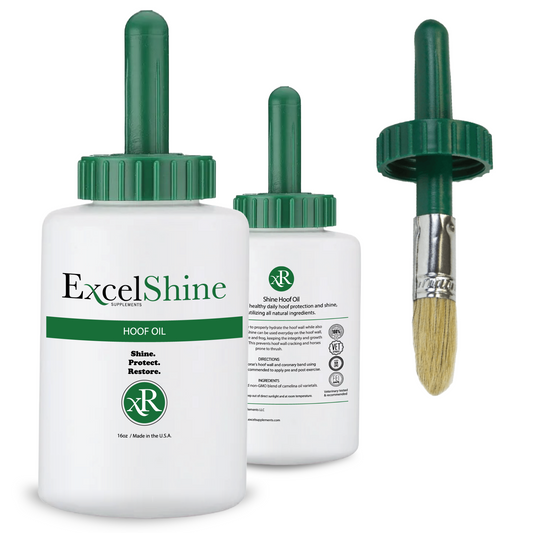Equine Recurrent Uveitis (ERU): Causes, Symptoms & Treatments
Share
What is Equine Recurrent Uveitis (ERU)?
Equine Recurrent Uveitis (ERU), also known as moon blindness or periodic ophthalmia, is one of the most prevalent eye diseases in horses and a leading cause of equine blindness. This condition involves inflammation of the uveal tract, which includes the iris, ciliary body, and choroid. The inflammation affects all parts of the equine eye and can significantly impact your horse’s vision.
Causes of Uveitis in Horses
Ocular Causes
Ocular causes of uveitis include trauma, corneal ulcers, and lens-induced uveitis. Any injury or insult to the eye can trigger an inflammatory response within the eye itself.
Systemic Causes
Systemic causes involve infectious agents such as bacteria, viruses, or parasites that cause systemic illness and lead to uveitis.
Immune-Mediated Causes (ERU)
ERU is an immune-mediated form of uveitis characterized by intermittent episodes of intraocular inflammation. Unlike other forms of uveitis, ERU is a chronic condition with recurring inflammatory episodes. While any horse can develop ERU, the Appaloosa breed shows a higher predisposition.
Clinical Signs of Uveitis
Recognizing the symptoms of uveitis early is crucial for effective treatment. Common signs include:
- Partial or complete eye closure
- Excessive tearing
- Redness of the eye membranes
- Swelling of the eyelids
- Hazy, blue cornea (corneal edema)
A thorough veterinary examination is essential if you notice these symptoms. Your vet will check for signs such as a constricted pupil, aqueous flare, decreased eye pressure, and potential changes to the lens or fundus.
Treatment Goals and Prognosis
Immediate Treatment
The primary goals of treating uveitis are to preserve vision, reduce inflammation, and manage pain. Early intervention can prevent permanent damage and control the severity of symptoms. Treatment often includes:
- Topical and systemic anti-inflammatory medications: To decrease inflammation and damage.
- Pupil dilation: To prevent permanent ocular damage. This may require treatment every 2 hours.
- Subpalpebral lavage (SPL) tube: For horses that are difficult to treat topically, an SPL tube may be used for continuous medication delivery.
In some cases, referral to a veterinary ophthalmologist or hospitalization might be necessary for round-the-clock care and monitoring.
Long-Term Management
The prognosis for ERU varies. While recent advancements, such as cyclosporine implants, can help reduce the frequency and severity of ERU episodes, managing this condition requires ongoing vigilance. Common complications include cataract formation, lens luxation, and blindness. Early and careful management is crucial for maintaining your horse’s vision over the long term.
Customer Success Story
Tish Daley from Marana, Arizona, shared her positive experience with ExcelEQ supplements for her 25-year-old rope horse, Fancy, who suffered from uveitis. Despite the initial diagnosis of vision loss and constant irritation, Tish noticed significant improvement after using ExcelEQ. Fancy’s eye showed reduced redness and weeping, demonstrating the potential benefits of appropriate supplementation in managing uveitis symptoms.
Conclusion
Equine Recurrent Uveitis is a challenging condition, but with prompt treatment and proper management, you can help maintain your horse’s quality of life and vision. For horses affected by uveitis, consider incorporating high-quality supplements like ExcelEQ ProElite into their care regimen to support overall eye health and potentially reduce inflammation. Consult with your veterinarian to develop an effective treatment plan tailored to your horse’s specific needs.
Sources:
- Equine Internal Medicine by Stephen M. Reed, Warwick M. Bayly, and David J. Divers
- Equine Ophthalmology by Dennis E. Brooks DVM PHD
- AAEP: Equine Ophthalmology


